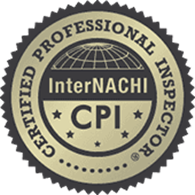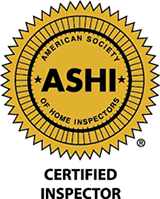Hot Tub Safety
The U.S. Consumer Product Safety
Commission (CPSC) helped develop standards to prevent hair
entanglement and body part entrapment in spas, hot tubs, and
whirlpools. These standards should help prevent deaths and
injuries. Consumers should fix their old spas, hot tubs, and
whirlpools with new, safer drain covers. CPSC warns about these
hazards:
Drowning -- The main hazard from hot tubs and spas is the same
as that from pools - drowning. Since 1980, CPSC has reports of
more than 700 deaths in spas and hot tubs. About one-third of
those were drownings to children under age five. Consumers
should keep a locked safety cover on the spa whenever it is not
in use and keep children away unless there is constant adult
supervision.
Hair Entanglement -- Since 1978, CPSC has reports of 49
incidents (including 13 deaths) in which people's hair was
sucked into the suction fitting of a spa, hot tub, or whirlpool,
causing the victim's head to be held under water. Hair
entanglement occurs when a bather's hair becomes entangled in a
drain cover as the water and hair are drawn through the drain.
In some incidents, children were playing a "hold your breath the
longest" game. Permitting their long hair to be sucked into the
drain. CPSC helped develop a voluntary standard for drain covers
that helps reduce the risk of hair entrapment. Consumers should
be sure they have new drain covers that meet this standard. If
you are not sure, call a pool or spa professional to check the
spa. Never allow a child to play in a way that could permit the
child's hair to come near the drain cover. If a drain cover is
missing or broken, shut down the spa until the cover is
replaced.
Body part Entrapment -- CPSC knows of 18 incidents since 1980 in
which parts of the body have been entrapped by the strong
suction of the drain of pools, wading pools, spas, and hot tubs.
Of these, 10 resulted in disembowelment and 5 other people died.
CPSC helped develop a standard requiring dome-shaped drain
outlets and two outlets for each pump. This reduces the powerful
suction if one drain is blocked. Consumers with older spas
should have new drain covers installed and may want to consider
getting a spa with two drains.
Hot Tub Temperatures -- CPSC knows of several deaths from
extremely hot water (approximately 110 degrees Fahrenheit) in a
spa. High temperatures can cause drowsy-ness which may lead to
unconsciousness, resulting in drowning. In addition, raised body
temperature can lead to heat stroke and death. In 1987, CPSC
helped develop requirements for temperature controls to make
sure that spa water temperatures never exceed 104 degrees
Fahrenheit. Pregnant women and young children should not use a
spa before consulting with a physician.
CPSC recommends these safety precautions when using a hot tub, spa, or whirlpool
1. Always use a locked safety cover when the spa is not in use
and keep young children away from spas or hot tubs unless there
is constant adult supervision.
2. Make sure the spa has the dual drains and drain covers
required by current safety standards.
3. Regularly have a professional check your spa or hot tub and
make sure it is in good, safe working condition, and that drain
covers are in place and not cracked or missing. Check the drain
covers yourself throughout the year.
4. Know where the cut-off switch for your pump is so you can
turn it off in an emergency.
5. Be aware that consuming alcohol while using a spa could lead
to drowning.
6. Keep the temperature of the water in the spa at 104 degrees
Fahrenheit or below.

 NACHI CPI
#18092023
NACHI CPI
#18092023
 #244451
#244451

